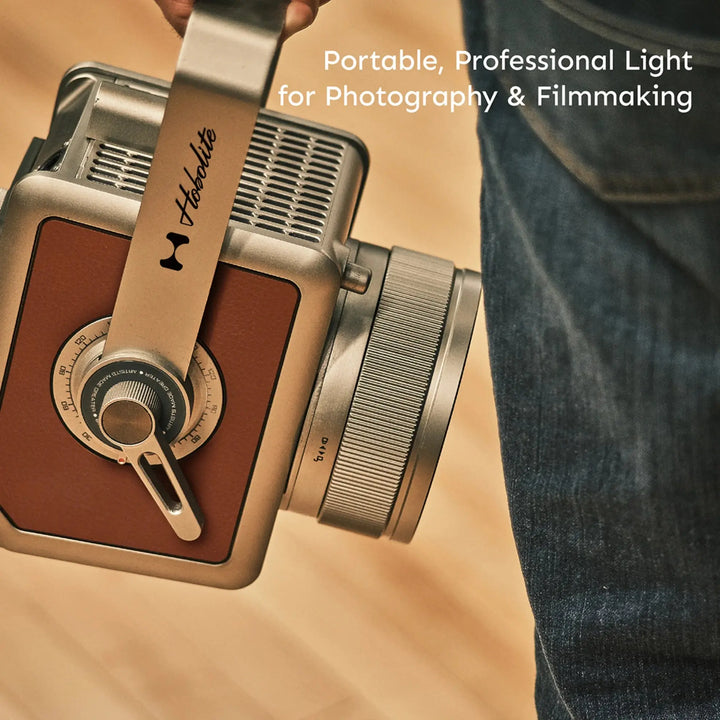Unleash Your Creativity: Discover the Secrets of Studio Lighting Kits!
Studio lighting kits are crucial tools for photographers and videographers looking to elevate their craft. They provide the means to control and manipulate light, which can dramatically impact the mood and quality of visual projects. Proper lighting not only enhances the aesthetic appeal of images and videos but also allows creators to express their artistic vision more effectively. Whether you're a seasoned professional or a budding enthusiast, understanding the components and uses of studio lighting kits can unlock new realms of creativity, leading to stunning results that resonate with your audience.

Understanding Studio Lighting Kits
A studio lighting kit is a collection of equipment designed to provide professional-quality lighting for photography and videography. At its core, a lighting kit typically includes various light sources, stands, and modifiers that work together to create the desired lighting effect. The primary purpose of these kits is to ensure that the subjects are well-lit, showcasing details and colors accurately, while also allowing for creative manipulation of light to achieve specific artistic effects. These kits cater to a range of needs, from portrait photography to product shoots, making them essential for anyone serious about visual storytelling.
Key Components of a Studio Lighting Kit
When exploring studio lighting kits, it's important to familiarize yourself with their essential components. Each element plays a crucial role in shaping the overall lighting setup:
- Light sources: These can be LED, fluorescent, or incandescent bulbs, each offering unique characteristics in terms of brightness, color temperature, and power consumption. LED lights, for instance, are popular for their energy efficiency and longevity.
- Light modifiers: Items such as softboxes and umbrellas are used to diffuse or redirect light, softening harsh shadows and creating a more flattering illumination. They help to control the quality of light, making it more suitable for various subjects.
- Light stands and mounts: Essential for positioning lights at the desired height and angle, stands provide stability and flexibility. They come in various sizes and types to accommodate different lighting setups.
- Reflectors and diffusers: These tools are used to bounce light back onto the subject or soften it further. Reflectors can enhance highlights, while diffusers help create a more even and natural light.
Understanding how each of these components functions and interacts with one another is key to mastering the art of lighting, allowing you to achieve the desired effects in your work.
Types of Lighting Setups
Studio lighting kits can facilitate a variety of lighting setups, each producing distinct visual effects. Here are some popular techniques:
- Key light, fill light, and backlight techniques: This classic three-point lighting setup includes a key light as the main source, a fill light to soften shadows, and a backlight to create depth and separation from the background.
- High-key vs. low-key lighting: High-key lighting is bright and even, often used in fashion and commercial photography, while low-key lighting creates dramatic shadows and contrasts, ideal for moodier, artistic compositions.
- Rembrandt lighting: Named after the painter, this technique creates a characteristic triangle of light on the subject's cheek, adding dimension and interest.
- Butterfly lighting: This setup places the light source above and in front of the subject, producing a soft shadow under the nose and creating a flattering look, particularly for portraits.
Each setup has its unique qualities and can be utilized to convey different emotions or themes, making it essential to understand when and how to use them effectively.
Practical Tips for Using Studio Lighting Kits
Maximizing the potential of your studio lighting kit involves practical strategies and a willingness to experiment. Here are some tips to enhance your lighting skills:
- Placement of lights: Positioning your lights at the right angles can make all the difference. Experiment with different setups to see how they affect your subject.
- Adjusting light intensity and color temperature: Many modern lights allow for adjustments to brightness and warmth. This flexibility can help match the lighting to the mood of your shoot.
- Using modifiers to shape light: Don’t hesitate to use softboxes, umbrellas, and reflectors to control the harshness or direction of light.
- Experimenting with angles and distances: Moving your light sources closer or further away can dramatically change the effect. Play with different angles to discover what works best for your style.
Encouraging experimentation is crucial in developing a personal style. The more you practice with different setups and modifications, the more proficient you'll become, and soon you'll find your unique lighting voice.
Mastering Studio Lighting Techniques for Visual Impact
Mastering the components and techniques of studio lighting kits is an invaluable skill for anyone invested in photography or videography. From understanding the key elements that make up a lighting kit to exploring various setups and practical tips, each facet contributes to enhancing your creative projects. By investing time in learning and experimenting with your lighting kit, you can significantly elevate the quality of your work, making your images and videos resonate more powerfully with your audience. So grab your studio lighting kit, unleash your creativity, and let the magic of light transform your visual storytelling!








